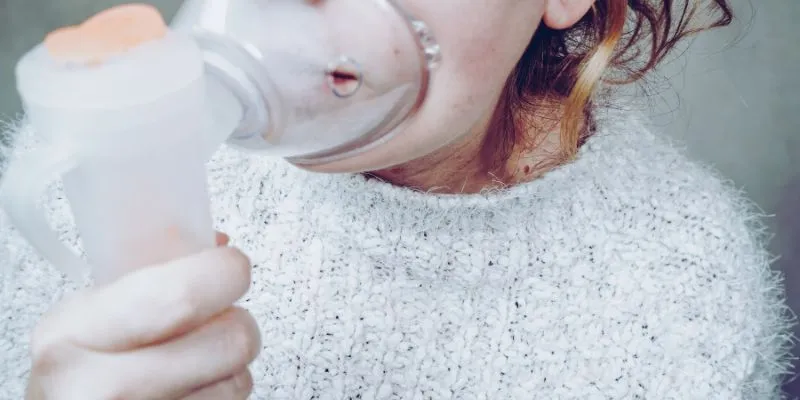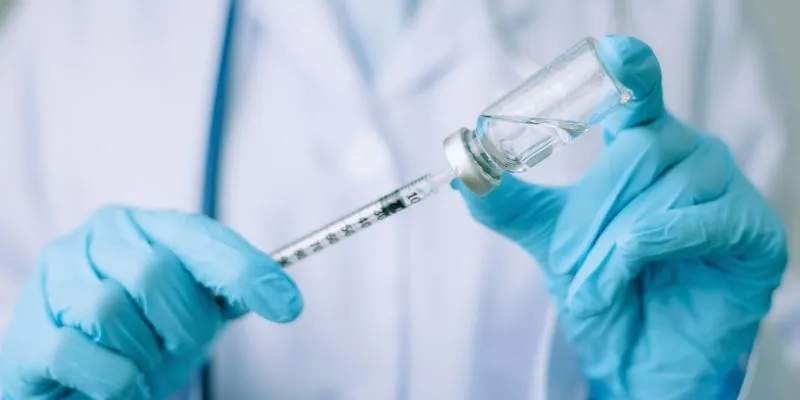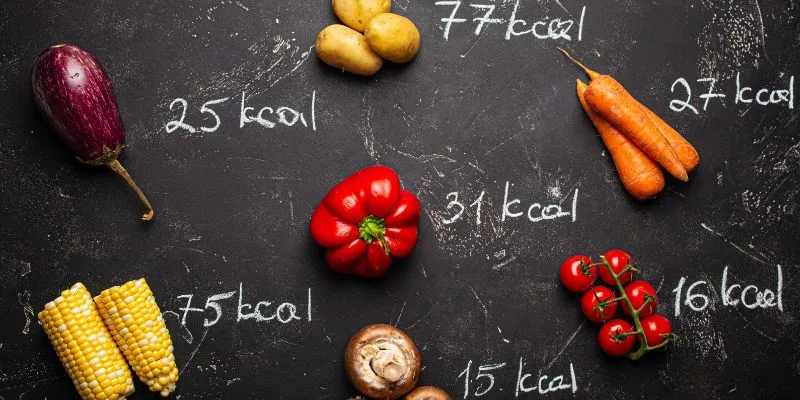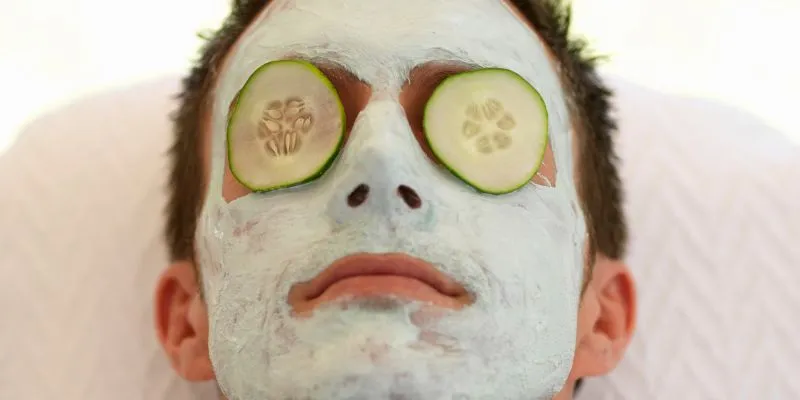What to Know About Non-Rebreather Masks
A non-rebreather mask is a vital medical tool designed to provide patients with high concentrations of oxygen. Understanding how this mask operates is crucial, especially if you or someone you know has experienced respiratory issues. It is frequently used in emergencies, such as during shock or severe asthma attacks. But how does it work?
This guide will walk you through the key features of non-rebreather masks, covering everything from their structure and mechanism to the circumstances where they are most effective. Proper mask use can literally save lives. Whether you are a caregiver or a medical practitioner, this information is empowering. Let’s explore the specifics of non-rebreather masks and their impact on critical conditions.

What Is a Non-Rebreather Mask?
A non-rebreather mask is an indispensable medical device designed to provide patients with high levels of oxygen. It offers an effective approach for oxygen therapy as it fits over the nose and mouth. The mask’s attached reservoir bag is a key feature, storing oxygen and allowing the user to breathe in a concentrated supply. One-way valves on the mask prevent the patient from inhaling expelled air, ensuring they receive only fresh oxygen.
Constructed from soft, flexible materials, non-rebreather masks are designed to fit snugly against the face, minimizing oxygen leakage. A secure fit is essential for effective oxygen delivery. The mask is typically transparent, allowing caregivers to easily monitor the patient’s condition. Adjustable straps help secure the mask in place, accommodating different facial sizes. Overall, non-rebreather masks are crucial in clinical and emergency settings, enabling efficient oxygen therapy to improve patient outcomes.
How Does a Non-Rebreather Mask Work?
A non-rebreather mask ensures adequate oxygen delivery during respiratory distress by providing a high flow of oxygen to the patient. When the patient inhales, they draw oxygen directly from the attached reservoir bag, which fills with oxygen from an external source. One-way valves in the design allow oxygen to enter the mask while preventing expelled air from re-entering. This feature is critical for maintaining the patient’s oxygen concentration.
Typically, the oxygen flow rate ranges between ten and fifteen liters per minute. Maintaining the reservoir bag’s inflation and ensuring a steady oxygen delivery depends on this high flow rate. An inflated bag allows the patient to continually breathe oxygen-rich air. The device can deliver oxygen concentrations ranging from 60% to 100%, depending on the flow rate and mask fit. In emergencies, this high level of oxygen administration helps stabilize patients with severe respiratory issues and improves their overall oxygen saturation levels.

When Is a Non-Rebreather Mask Used?
A non-rebreather mask is used for various medical conditions, particularly in emergencies where rapid oxygen delivery is crucial. It is commonly employed in cases of shock, cardiac arrest, or severe asthma episodes. These critical events often involve patients struggling to breathe, requiring immediate oxygen therapy to stabilize their condition. Effective treatment relies on blood oxygen levels, and the non-rebreather mask helps increase them by delivering a high concentration of oxygen.
The mask is also used for patients with chronic obstructive pulmonary disease (COPD) or pneumonia. These conditions can significantly impact breathing, making supplemental oxygen vital. Non-rebreather masks are also used in hospital settings for procedures involving anesthesia. Patients may need additional oxygen to maintain their oxygen saturation levels during these times. The non-rebreather mask ensures sufficient oxygen supply, enhancing respiratory performance and improving patient safety during medical procedures.
Benefits of Using a Non-Rebreather Mask
Here are some of the benefits of non-rebreather masks :
- High Oxygen Concentration: A non-rebreather mask typically provides a high percentage of oxygen, usually between 60% and 100%. This feature is vital for patients needing immediate respiratory support, especially in emergencies. Rapid oxygen delivery can be life-saving.
- Ease of Use: Non-rebreather masks are easy to use, allowing healthcare providers to apply them quickly and efficiently. Their simple design ensures that patients receive necessary assistance promptly, facilitating rapid intervention during critical events.
- Versatility Across Age Groups: These masks are suitable for a wide range of patients, including both adults and children. The adjustable straps ensure a secure fit for various face sizes, making them adaptable for different users, which is crucial in emergencies.
- Cost-Effective Solution: Compared to other oxygen delivery devices, non-rebreather masks are relatively affordable. Their cost-effectiveness ensures they are readily available in hospitals and clinics, making them a practical choice for healthcare providers when swift oxygen support is needed.
- Improved Patient Monitoring: The transparent design of non-rebreather masks allows caregivers to quickly assess the patient’s facial expressions and condition, ensuring appropriate treatment and timely intervention if necessary.
Limitations of Non-Rebreather Masks
Despite their advantages, non-rebreather masks have limitations. One significant limitation is that they may not be suitable for every patient. Individuals with anatomical abnormalities or facial injuries may not achieve a proper seal, reducing the mask’s effectiveness. Additionally, some patients may find them uncomfortable. Prolonged use of the mask can be distressing, leading to feelings of claustrophobia or anxiety for some individuals.
Moreover, non-rebreather masks require a continuous oxygen supply. If the oxygen source is interrupted, the mask becomes ineffective. Without a constant supply of oxygen, the mask cannot function as intended for the patient. Additionally, non-rebreather masks are not recommended for long-term therapy. They are intended for short-term use, and other devices are more suitable for patients requiring prolonged oxygen therapy.
Conclusion
In conclusion, a non-rebreather mask is an essential medical tool, providing high levels of oxygen, especially in emergencies. Its design facilitates effective oxygen delivery, making it suitable for specific medical conditions. While non-rebreather masks offer several advantages, such as simplicity and adaptability for all ages, they also have drawbacks, including discomfort and the need for a continuous oxygen supply. Understanding how to use non- rebreather masks can help medical professionals and caregivers make informed decisions.











